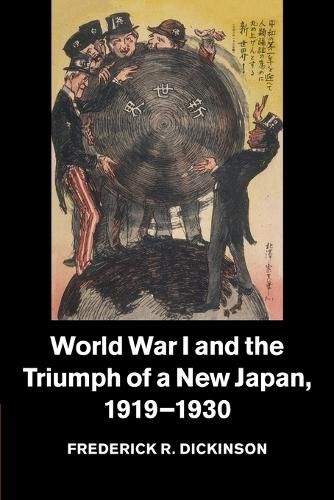Readings Newsletter
Become a Readings Member to make your shopping experience even easier.
Sign in or sign up for free!
You’re not far away from qualifying for FREE standard shipping within Australia
You’ve qualified for FREE standard shipping within Australia
The cart is loading…






Frederick R. Dickinson illuminates a new, integrative history of interwar Japan that highlights the transformative effects of the Great War far from the Western Front. World War I and the Triumph of a New Japan, 1919-1930 reveals how Japan embarked upon a decade of national reconstruction following the Paris Peace Conference, rivalling the monumental rebuilding efforts in post-Versailles Europe. Taking World War I as his anchor, Dickinson examines the structural foundations of a new Japan, discussing the country’s wholehearted participation in new post-war projects of democracy, internationalism, disarmament and peace. Dickinson proposes that Japan’s renewed drive for military expansion in the 1930s marked less a failure of Japan’s interwar culture than the start of a tumultuous domestic debate over the most desirable shape of Japan’s twentieth-century world. This stimulating study will engage students and researchers alike, offering a unique, global perspective of interwar Japan.
$9.00 standard shipping within Australia
FREE standard shipping within Australia for orders over $100.00
Express & International shipping calculated at checkout
Frederick R. Dickinson illuminates a new, integrative history of interwar Japan that highlights the transformative effects of the Great War far from the Western Front. World War I and the Triumph of a New Japan, 1919-1930 reveals how Japan embarked upon a decade of national reconstruction following the Paris Peace Conference, rivalling the monumental rebuilding efforts in post-Versailles Europe. Taking World War I as his anchor, Dickinson examines the structural foundations of a new Japan, discussing the country’s wholehearted participation in new post-war projects of democracy, internationalism, disarmament and peace. Dickinson proposes that Japan’s renewed drive for military expansion in the 1930s marked less a failure of Japan’s interwar culture than the start of a tumultuous domestic debate over the most desirable shape of Japan’s twentieth-century world. This stimulating study will engage students and researchers alike, offering a unique, global perspective of interwar Japan.